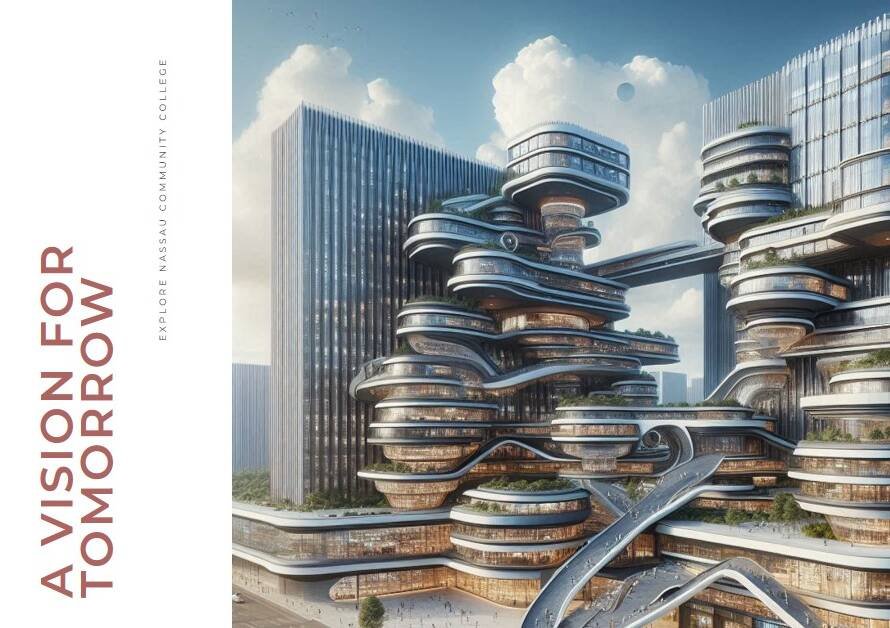
Table of Contents
Introduction
Community Development – In the intricate tapestry of society, neighborhoods serve as the foundational threads, weaving together diverse individuals into a cohesive community. Yet, amidst the challenges of modern life, the vitality of these neighborhoods can sometimes wane. However, by embracing a proactive approach to community development, we can foster stronger, more resilient neighborhoods that serve as vibrant hubs of connection, support, and opportunity.
Understanding Community Development
At the heart of community development lies the collective effort to enhance the well-being and quality of life for all residents within a particular area. It involves a multifaceted approach that addresses various aspects of community life, including social, economic, environmental, and cultural dimensions. Rather than a top-down imposition of solutions, effective community development thrives on grassroots participation, collaboration, and empowerment.
Fostering Social Cohesion
Central to building stronger neighborhoods is the cultivation of social cohesion, wherein residents feel a sense of belonging, trust, and solidarity with one another. This cohesion serves as the glue that binds individuals together, fostering mutual support networks and collective action. Through initiatives such as neighborhood watch programs, community events, and shared spaces, residents can forge meaningful connections and build a sense of shared ownership over their community.


Promoting Inclusive Participation
A cornerstone of successful community development is ensuring that all voices are heard and valued. Inclusivity means actively engaging diverse stakeholders, including marginalized groups, in decision-making processes and initiatives. By fostering a culture of inclusivity, neighborhoods can tap into the rich tapestry of perspectives and talents within their midst, leading to more equitable and sustainable outcomes for all residents.
Investing in Local Assets
Every neighborhood possesses unique assets, whether they be cultural heritage, natural beauty, or entrepreneurial spirit. By leveraging and investing in these local assets, communities can unlock their full potential and foster economic resilience. Initiatives such as supporting local businesses, revitalizing public spaces, and promoting cultural festivals not only enhance the vibrancy of neighborhoods but also stimulate economic growth from within.
Building Sustainable Infrastructure
Infrastructure forms the backbone of any community, shaping its livability, accessibility, and environmental footprint. Sustainable infrastructure development involves not only addressing immediate needs but also planning for the long-term well-being of residents and the environment. From green spaces and public transit to energy-efficient housing and digital connectivity, investing in sustainable infrastructure lays the foundation for a thriving and resilient community.
Empowering Resident Leadership
At the heart of community development are the residents themselves, whose passion, creativity, and dedication drive positive change. Empowering resident leadership involves providing opportunities for skill-building, leadership training, and civic engagement. By equipping residents with the tools and resources they need to take ownership of their community’s future, neighborhoods can unleash a groundswell of grassroots innovation and initiative.
Cultivating a Culture of Care and Support
Strong neighborhoods are characterized not only by their physical infrastructure but also by the strength of their social fabric. Cultivating a culture of care and support involves fostering empathy, compassion, and solidarity among residents. Whether through informal networks of neighbors helping neighbors or formalized support services, communities can create a safety net that ensures no individual is left behind in times of need.
Measuring Impact and Iterating
As with any endeavor, effective community development requires ongoing assessment, learning, and adaptation. By measuring the impact of various initiatives, collecting feedback from residents, and analyzing data, neighborhoods can identify areas of success and areas for improvement. This iterative approach allows communities to refine their strategies over time, ensuring that resources are directed towards the most pressing needs and opportunities.
Conclusion
In the grand tapestry of human civilization, neighborhoods serve as the intricate threads that bind us together. By embracing the principles of community development—fostering social cohesion, promoting inclusivity, investing in local assets, and empowering resident leadership—we can strengthen these threads, weaving stronger, more resilient neighborhoods that serve as beacons of hope, opportunity, and belonging for all. Through collective action and shared vision, we can build a future where every neighborhood thrives and every resident flourishes.



